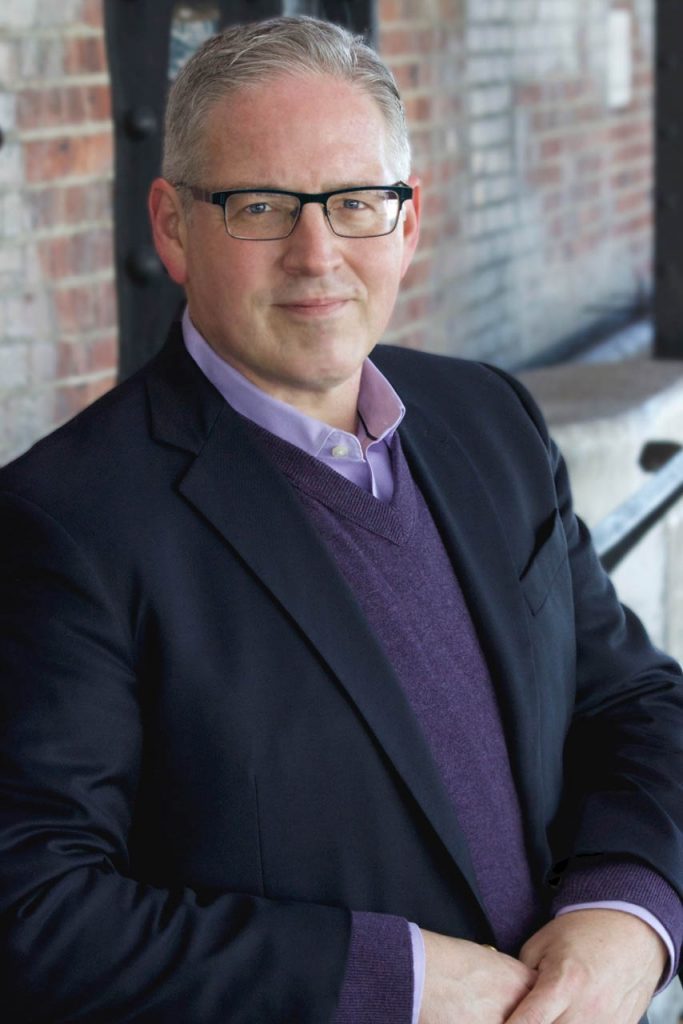New York Choral Society falters with big-band Bach

David Hayes conducted the New York Choral Society in Bach’s Mass in B minor Tuesday night at Carnegie Hall.
The question hovering over Tuesday night’s performance of Bach’s Mass in B minor by the New York Choral Society in Carnegie Hall was: Is there still a role for historically un-informed performances of Bach’s music?
Actually, judging from recent interviews, the Society’s music director, David Hayes, is quite well informed about Bach performance practice, in the composer’s time and after. But he’s in charge of a chorus of 150 singers and an orchestra of modern instruments, and not quite ready to concede the game to the Bach specialists, with their slack bows, gut strings, valveless horns, no vibrato, and one singer to a part.
Citing conducting icon Robert Shaw, Hayes has argued that drilling singers on rhythm and articulation, and judiciously trimming the number of singers in certain intricate passages, can produce effective performances of Bach with modern forces.
It was put-up time Tuesday night, as Hayes led the chorus, orchestra, and soloists in Bach’s greatest choral work. Unfortunately, the mostly tentative and ill-coordinated performance fell far short of Hayes’s Shaw-style ideal, and did nothing to make his case for large-ensemble Bach.
One had to sympathize with the singers and instrumentalists in the work’s opening, where Bach asks the entire ensemble to launch into fast, complex music without so much as a few bars of prelude, the musical equivalent of leaping astride a galloping horse.
So, some confusion about the tempo and intonation was understandable at the outset. One waited for the Kyrie to come together, for singers and players to tune up and coalesce around a clear beat.
That moment never came. And as movement followed movement, it became clear that sour tuning, tentative playing, and ragged ensemble would be the order of the evening, particularly (and shockingly) in the Society’s orchestra of professional players.
For its part, the chorus bore down and sang mostly in tune and on time, the effort of which seemed sometimes to leave little room for phrasing and expression. The Shaw trick of having a smaller ensemble lead the way in fugues and in more intimate music produced some good results along the way. But the hoped-for rhythmic charge and keen articulation in choral production never materialized; instead, a fog of big-chorus sound enveloped all efforts at clarity and definition.
A conductor doesn’t necessarily require a baton to signal a clear pulse, but Hayes could perhaps have used one Tuesday night, as his sweeping gestures seemed to leave amateur and professional musicians alike groping for the beat.
Influenced perhaps by the fast tempos favored by the current crop of whippet-like early-music ensembles, Hayes tended to drive his big vehicle at higher speeds than advisable, slowing down noticeably whenever confronted with a choral passage in rapid sixteenth notes.
Occasionally the stars aligned for this large ensemble, usually in up-tempo movements with a strong intrinsic rhythm. The full chorus leaped into the Gloria’s concluding section, Cum Sancto Spiritu, with both abandon and accuracy, and kept the excitement going to the end of the movement (and of the concert’s first half), pulling the orchestra along with them.
At such moments, rare as they were on Tuesday, one felt there might indeed be a future for big groups performing Bach.
Meanwhile, there were the solo arias and duets to savor, unaffected by issues around bigness—unless the surprisingly poor quality of the instrumental obbligati was somehow caused by disenchantment with the whole enterprise. Otherwise, it was hard to imagine professional musicians, hired for the purpose, playing so tentatively and out of tune behind the singers. At least the oboes d’amore of Roni Gal-Ed and Karen Birch Blundell, gracefully supporting baritone soloist Lee Poulis in Et in Spiritum Sanctum, didn’t catch the general anomie.
Abigail Fischer, billed as a soprano but singing in the mezzo-soprano range at this performance, was the soloist most heard from during the evening. The Qui sedes movement (again with Gal-Ed’s mellow oboe d’amore) was just one example of Bach’s music enhanced by Fischer’s well-rounded voice and dignified delivery.
In their two elegant duets, Fischer and soprano Sarah Shafer proved well-matched for timbre, though Fischer was at something of an acoustical disadvantage, her lower range not being as full and projected as her top.
Shafer also paired up well with the high, easy tenor of James Reese in the Domine Deus, and Reese’s voice floated beautifully on its own over the long, gentle lines of the Benedictus.
Baritone Poulis brought a forward-placed voice of agreeable timbre to his two solos. A bit more boldness of expression would have been welcome in the proclamatory Quoniam and the exuberant Et in Spiritum Sanctum.
Returning to the overall issue of the evening, one rocky outing doesn’t prove or disprove anything. All performance involves building on strengths and analyzing and fixing weaknesses, and one hopes Hayes and his musicians will be back with more and better Bach one of these days.


